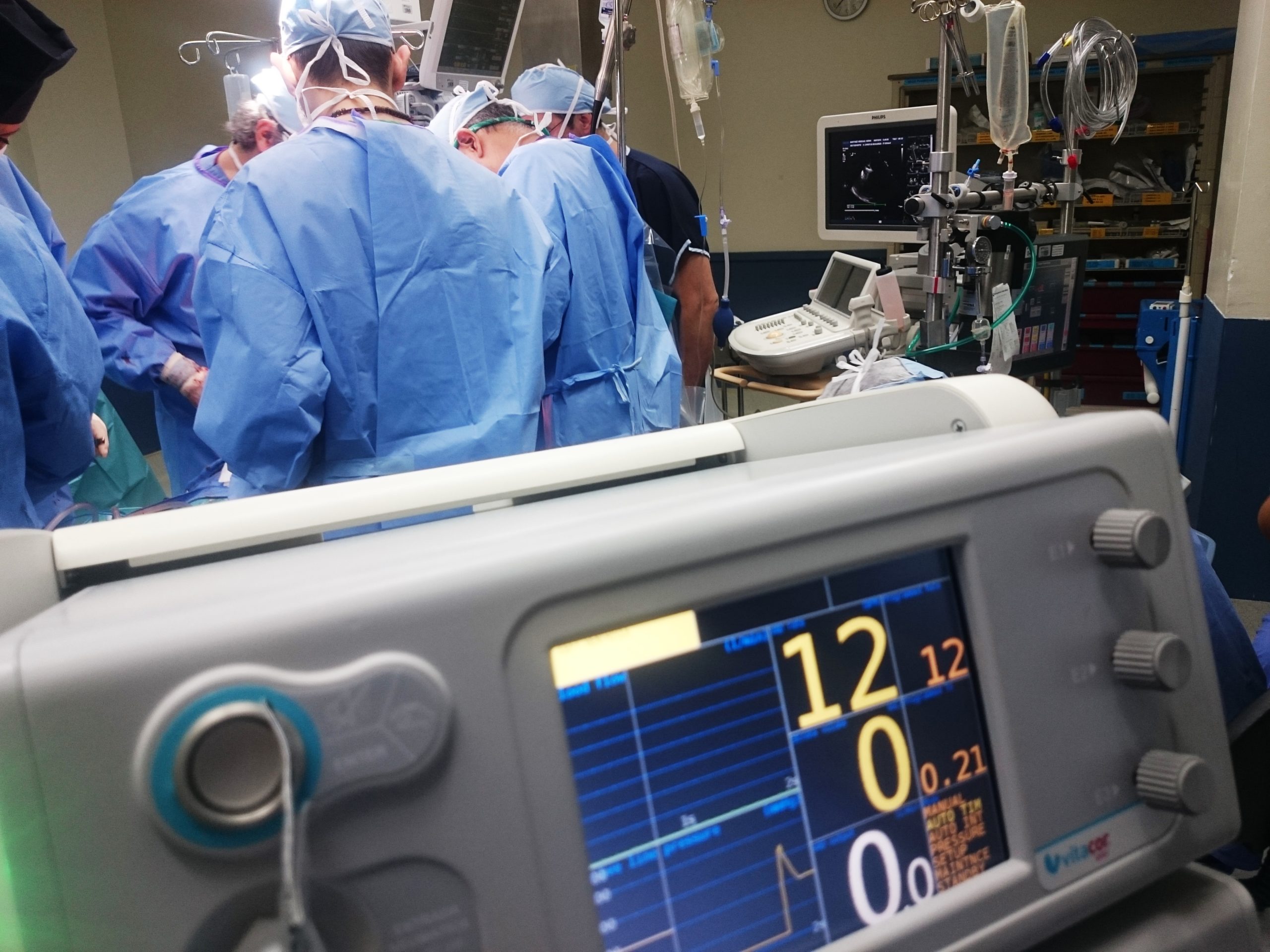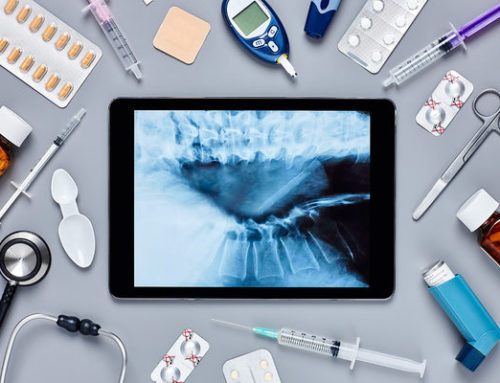Developing a new medical device is a long and arduous process. It is one to which you must dedicate enough time as well as the financial resources for materials and personnel. While it can feel tempting to cut corners at the beginning of your project, you will find that the overall quality of the equipment will suffer and that your product may get caught up in a myriad of regulations and red tape that could mire it down forever.
To work through these concerns, you must ensure that your project is set up properly before you even begin your development work. You will need to consider how your project is designed, how you build your new piece of equipment, how you analyze the way it works and how you display and disperse your findings.
Design the Development Plan
First, you must create your overall approach for developing your new equipment. Look at this as the foundation for the rest of the work you do. Consider how long the project will take, how many developers you need, what the budget should look like and which materials you will use.
Build the Medical Device
Once your plan is outlined, you can take steps to build your new piece of equipment. Throughout this step, you may need to occasionally back up and rethink your methods if you find that certain pieces of the plan are no longer working. However, as much as possible, you will want to stay true to your original plan to save time and money.
Analyze the Completed Product
Although you should have been considering FDA regulations and the rules of other regulatory bodies throughout the process, now is your chance to begin testing your product. Be sure to use as rigorous of testing strategies as the FDA will use so that you can rest assured that you have not missed any key pieces. In addition, you need to be sure that any future testing will match the results that you get by creating an analyzation process with great depth and attention to detail.
Disperse Your Findings and Product
Once you have completed testing, you will want to boil all of your findings down into a simple paper that gives potential new users or investors the information they need so that they can see how the new health care product will fit into their own practices. Part of this step includes ensuring that the information you disperse sets your new product apart from any competition. Describe how it will help users, how it is different from similar health care products already on the market and how it will improve users’ health or quality of life.
Create Action-Oriented Findings
Once you have developed your new product for the health care industry, you will want to market it. However, successfully marketing a new product requires you to prove that it is truly needed by patients or health care practitioners. To do this, you must create action-oriented findings that show what void your new product or piece of equipment will fill. Be wary of creating too many major insights for fear that they could contradict each other. However, you could consider how your newly developed item might improve quality of life for more than one patient group.
Ensure Findings Are Valid
It can be tempting to create findings that perhaps appear a bit better on paper than they truly were in the laboratory or patient-care environment. However, you will definitely want to be wary of padding your findings because external sources may try to duplicate your findings. If they are unable to duplicate your results, your entire project could be in jeopardy.
Medical device development has certainly changed in the 21st century from what it was even 50 years prior to this. Health care workers and companies no longer blindly accept any new product that claims big results. Instead, your product or piece of equipment must go through an extensive design, building, testing and launching process complete with the backing of regulatory bodies before anyone can determine whether your item is both safe and effective for today’s patients.
Although getting a new health care product approved may seem nearly impossible at the beginning of the process, keep in mind that following these steps carefully can lay the right groundwork for approval and create a workable plan that will give you great return on your investment while also allowing you to impact patients’ lives for years to come.


